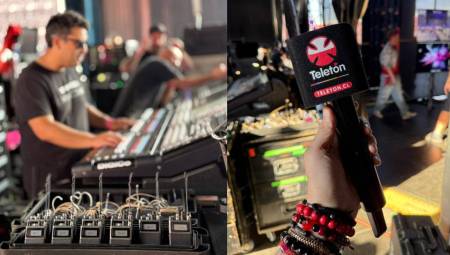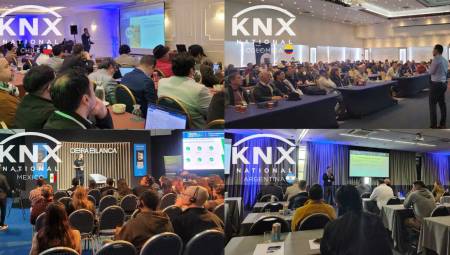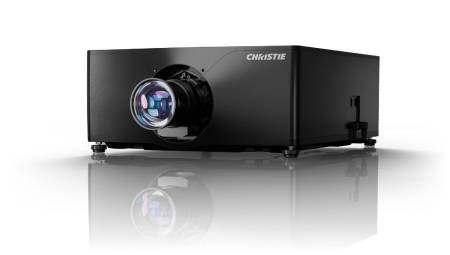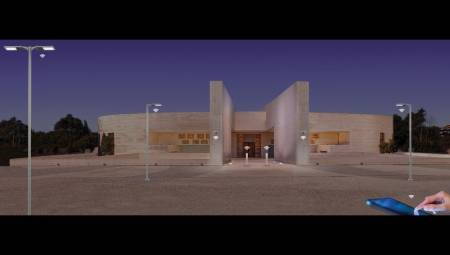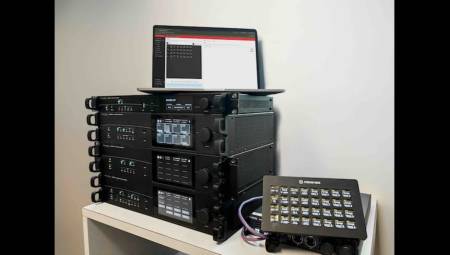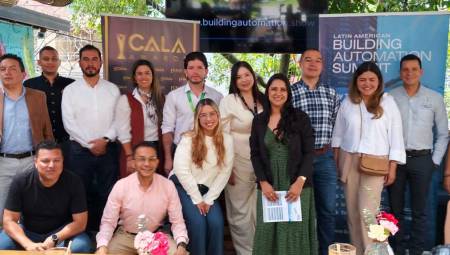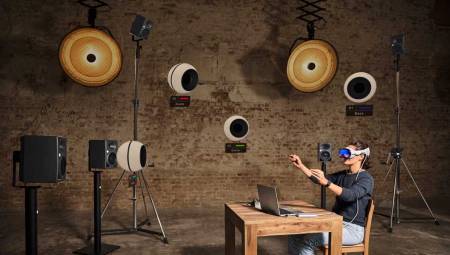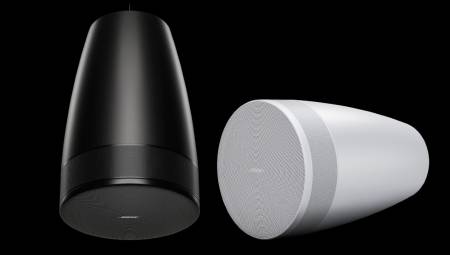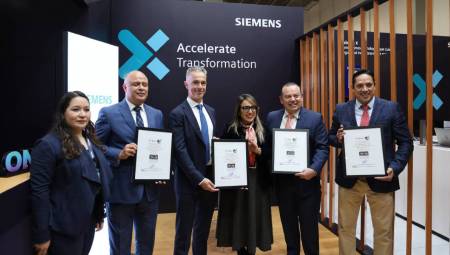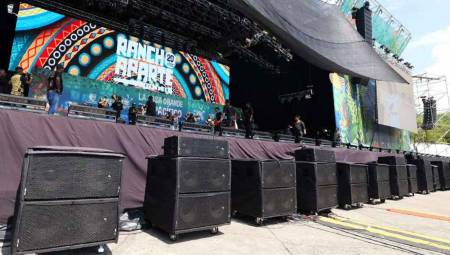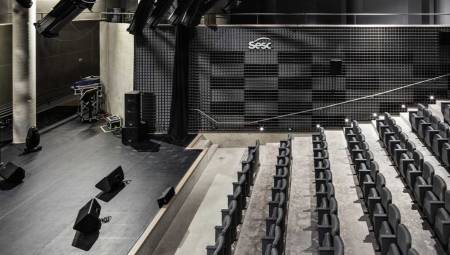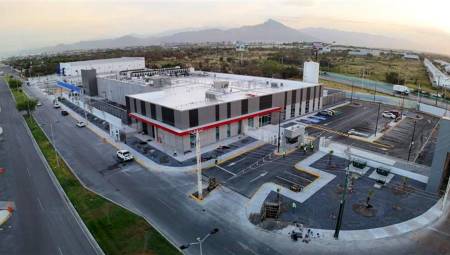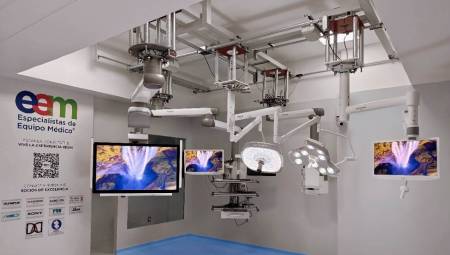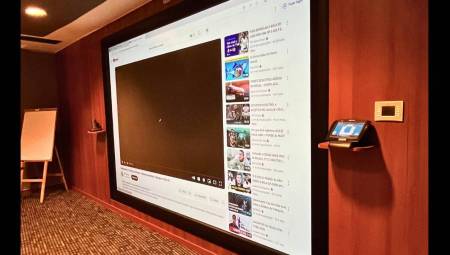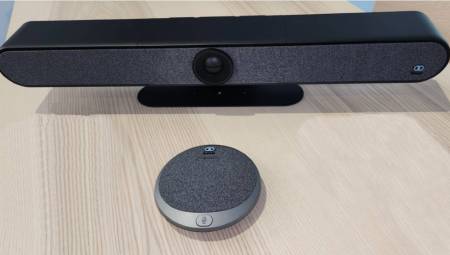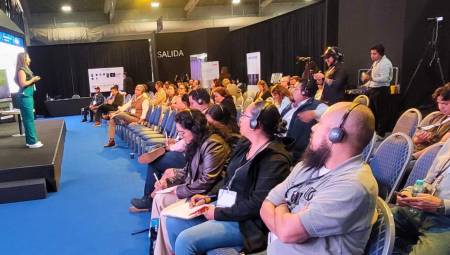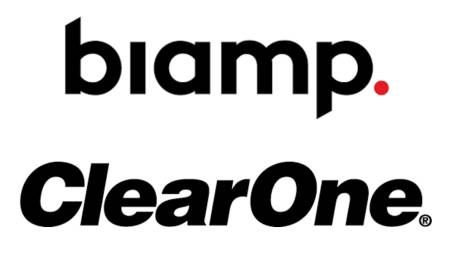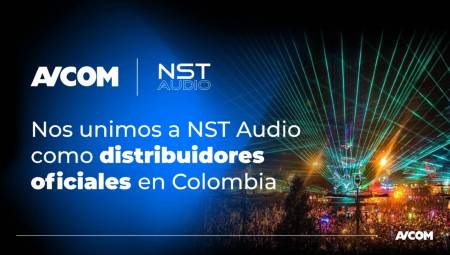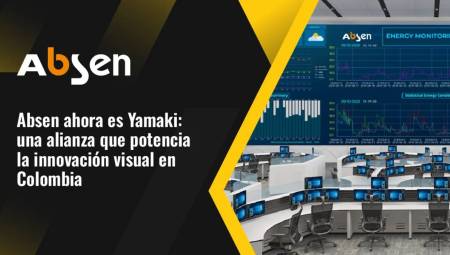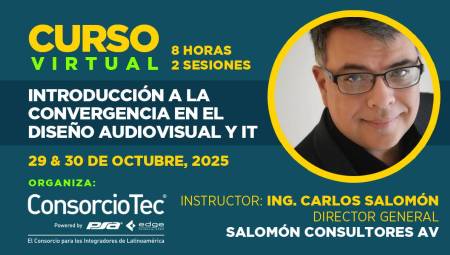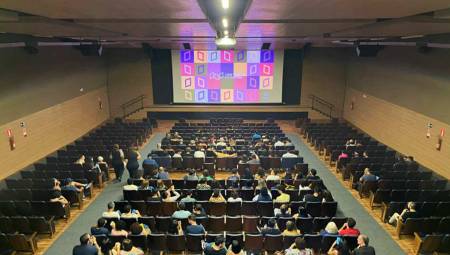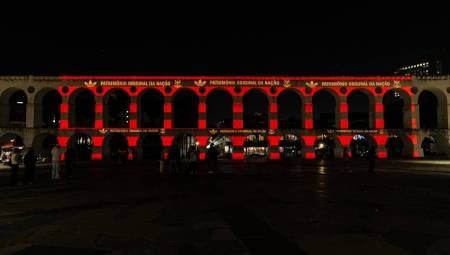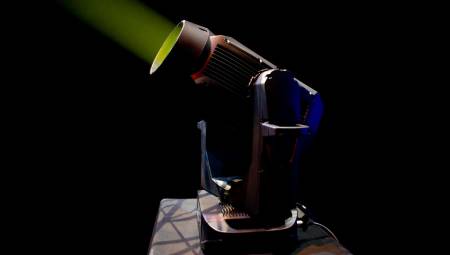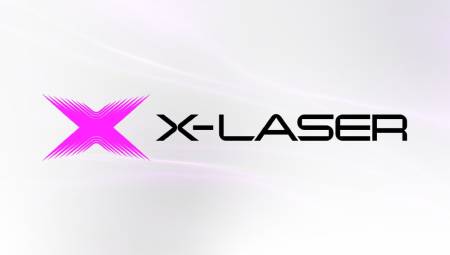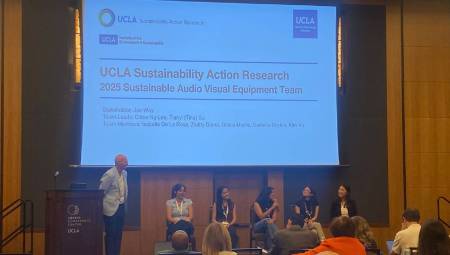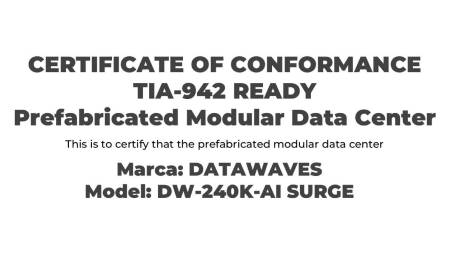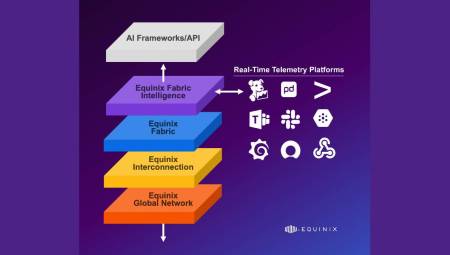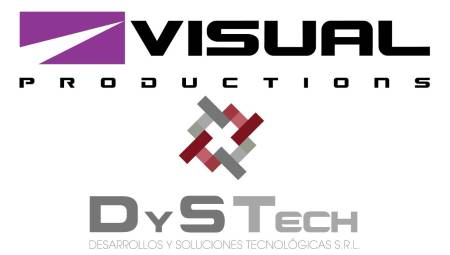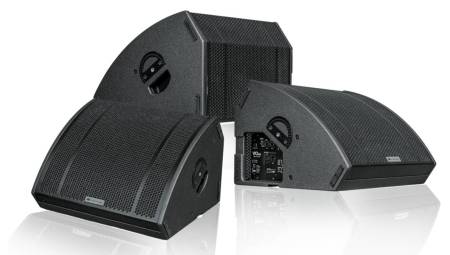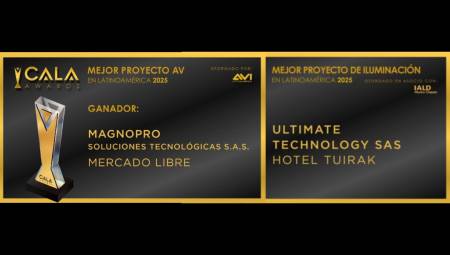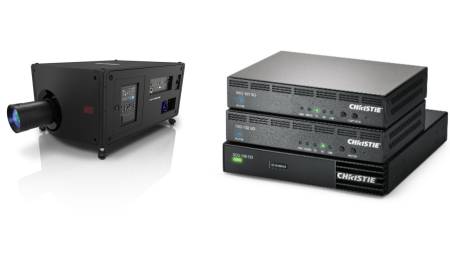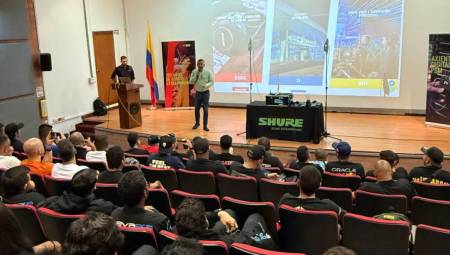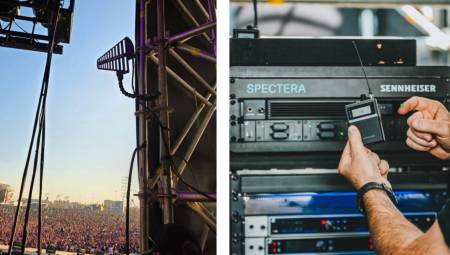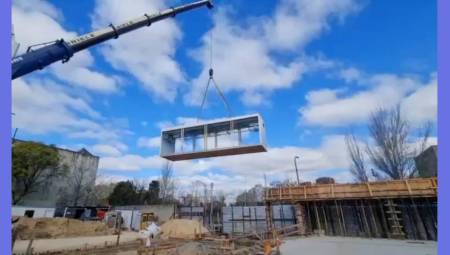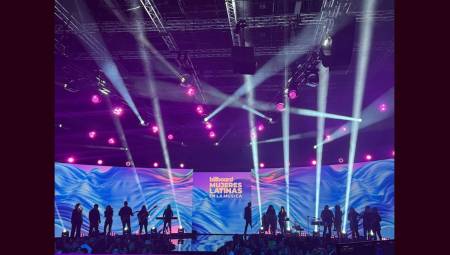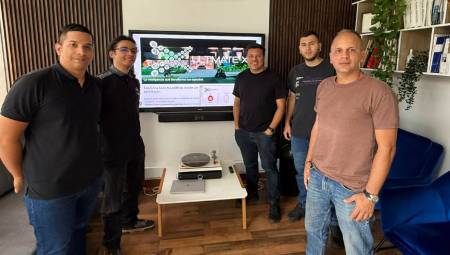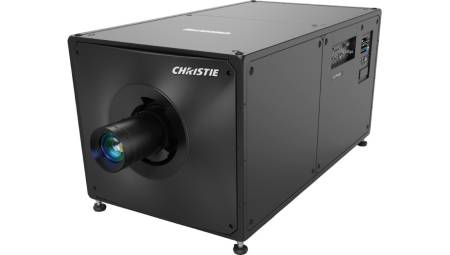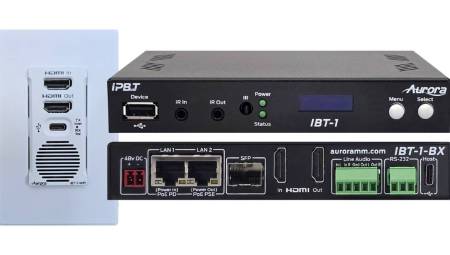by Garth Powell*
When one talks about the dangers of AC energy, usually the first thing that comes to mind is lightning. In reality, lightning is a serious danger to electronic equipment, especially in many regions of Latin America. In fact, some equatorial regions of South America experience the highest annual lightning strikes of any place on the planet.
Lightning can cause catastrophic moments on voltages (jolts) that will pass over wiring, wires, pipe or any other conductive material, and can be devastating to electronic equipment. Because lightning charges an incredible amount of energy, damage can occur to equipment that is a mile away or even farther from the place where the direct impact occurred. Even if the current from a lightning strike does not lead directly to a site, the electronics can be damaged by a nearby impact because the wires pick up the electromagnetic field that is generated when the impact occurs.
A properly installed structural lightning protection system composed of bar lightning rods and conductors ranging from the building's grounding system will protect the building itself; however, the electronics that are inside are still at risk. A protector on the service panel can be an effective first line of defense, but because there can be many shocks inside a building (after the panel), protection must be employed at the point of use at each site where the equipment is located. Such protection should cover not only AC lines, but also any coaxial or telephone lines, since a damaging jolt can pass through signal lines as easily as power lines do. The technology in today's most advanced power management components can protect against almost anything, plus a direct lightning strike on the incoming line or service panel (thank Goodness this is an event that happens very rarely).
However, the dangers of AC power are by no means limited to lightning strikes. The AC power infrastructure was built more than 100 years ago, and although the technology in our equipment has evolved, the basic system for powering equipment is still outdated, outdated and in many areas poorly maintained and has many problems.
For example, in many parts of Latin America, the transmission of AC energy that is consistent (i.e., constant energy, no blackouts) or that does not present voltages that fluctuate dramatically in the day or during the week (constant AC voltage – regulation) is very rare, unfortunately. Users are generally forced to resort to rudimentary industrial voltage regulators, dieses generators, gas or ferro-resonant AC devices, simply to maintain their basic services. In addition to this, there is the fact that most of its sensitive electronic components were created for an average of 120VAC (not the 127 that we normally find in many areas such as Mexico) or 220V-240V, and at most you only have a notebook of annotations to malfunction the electronic circuits, and to make matters worse they have a limited life and the permanent need to have to recharge or repair.
With this in mind, the best you can expect for some challenging installations is to use whatever you have on hand in order to keep the appliances running. However, the AC power management device that is suitable for electric lighting or cooling may NOT be appropriate for today's sensitive microprocessor circuits (i.e., computers, server systems, automation, audio-video processors, projectors, and security equipment).
For example, yesterday's active devices (such as vacuum tubes and transistors) could handle large temporary voltage pulses without any problems, while current densely packed circuit boards and critical microprocessors are highly susceptible to voltage tonnage. Three volts are enough to cause permanent damage to many connections.
By design, your local power services or substation send countless pulses through AC wiring every week. In fact, it could be between dozens and hundreds of impulses daily. This is due to the necessary change from one transformer (or substation supply) to another during the day, thus adjusting high demands. This hidden danger is the cause of many seemingly inexplicable problems and many erratic behaviors in today's electronics, and without proper protection the problems will manifest themselves more frequently over time (increased digital errors, data loss and distortion, just to name a few).
In addition to temporary impulses, another substantial hazard to equipment is sustained overvoltage conditions. Sustained overvoltage can be caused by many reasons: a wiring failure in a building's electrical system can lead to the loss of a neutral line, a storm or accident can cause a high-voltage power line to come into contact with a low-voltage distribution line, or a malfunction in power services that can lead to a catastrophic overvoltage condition, with the consequent immediate destruction of equipment that is connected without protection. Many pulse protectors and power tapes do not offer protection against these conditions and may in fact involve a fire hazard. To properly protect yourself from sustained overvoltage, make sure your power management device has an extreme voltage shutdown circuit that constantly monitors the incoming voltage and instantly disconnects power when there is an external rated range.
Finally, it should be noted that electronic equipment is designed to run on either 120V or 220V-240V power, depending on the country where we live. A voltmeter should always be loaded and the incoming voltage checked at each installation site before specifying the equipment. Although each power service will do its best to supply a rated voltage, load conditions, line resistance, or poor regulation in the main transformers can cause the voltage supply to occur above the rated range. In this situation, a voltage regulator must be installed.
For A/V installations, a regulator that offers solid-state interrupting should be sought to eliminate noise while regulation is being performed. This ensures that sensitive components that require high current and low noise regulation perform optimally.
There are clearly many considerations to consider in relation to AC power and how to best deliver high performance and protection to customers. In future articles, we will delve into problems such as unstable voltages and AC line noise, and how to best fix them.
*Garth Powell is the Senior Product Designer and Senior Sales Engineer at Furman, a leading global provider of energy management solutions. It can be contacted at: [email protected].




